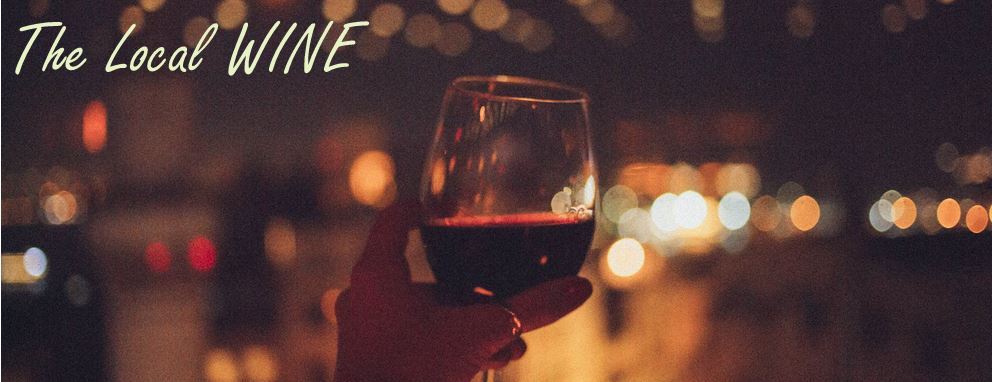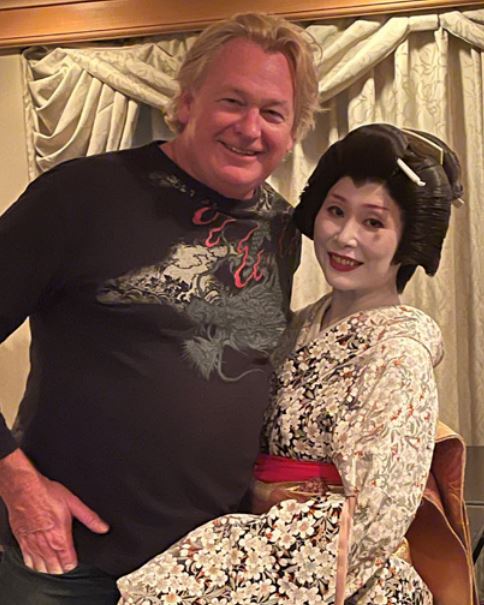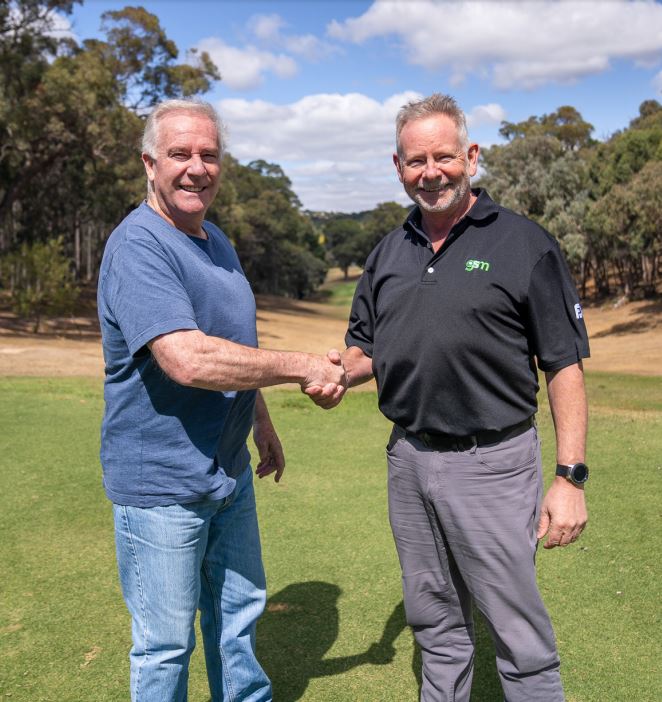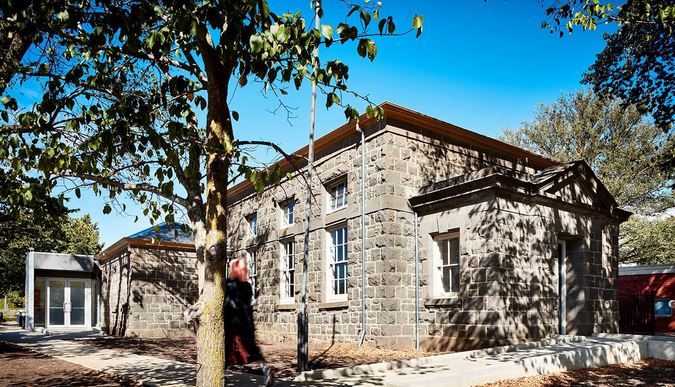October 1st, 2023Wine notes
with Clive Hartley
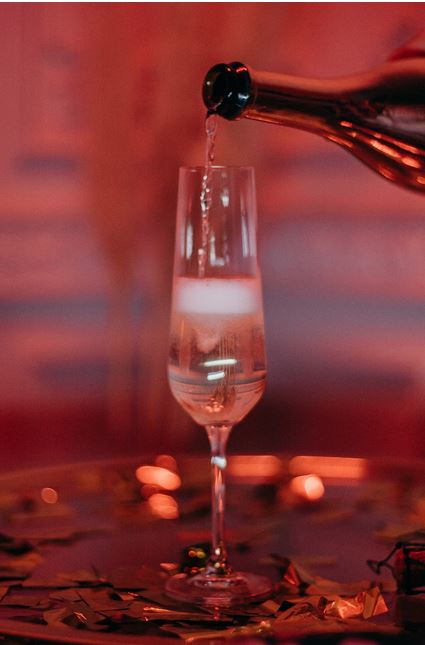
Myth busters
Researching champagne provides an opportunity to explore a rich history, a fascinating production process and, of course, to drink a glass of stars.
It is not surprising then that the library of books on the subject continues to grow year after year. On that point, I recently had the opportunity to spend an evening with Oxford wine historian Dr Graham Harding. He has just published a book looking at the history of champagne in England entitled Champagne in Britain, 1800-1914: How the British Transformed a French Luxury, which picked up the 2022 International Organisation of Vine and Wine award, an authoritative source on the industry.
The evening was an opportunity to fact check my knowledge with an expert and talk whilst enjoying of few bottles of impressive wines including a 21-year-old Dom Perignon. This brought up the first myth. Dom Perignon was not the inventor of the sparkling wine. He was a great blender of still wine and regarded the sparkle as a fault.
The first scientific research into sparkling wine was recorded by an Englishman, Sir Christopher Merrett, who presented a paper to the Royal Society in 1662 where he documented the effects of adding sugar to wine to create a sparkle. Another well-told myth about champagne is the occasion when it was drunk out of a slipper which was then cooked and eaten. Graham filled in the details explaining it was King Louis XV’s lover Mary or Marie-Louise O’Murphy and the year was 1752.
I once spent an afternoon tasting all the major non-vintage champagnes available in Australia. Why? Well, non-vintage (NV), whilst being the cheapest entry level wine, is also the hardest to make and maintain the style and quality through vintage variations. It is a blend of young wine with older reserve wine to achieve a consistent ‘house’ style which historically Pommery Champagne was the first to promote.
Some NVs are very light and lean driven by apple and citrus aromas, whilst others are more robust and heavy with plenty autolytic flavours such as yeast, bread dough or brioche. My favourites have these distinct flavours as well as elegance. My favourites are Louis Roederer, Taittinger and Bollinger. And for a little less, try Veuve Monsigny, Premier Cru from Aldi, it is reasonable stuff.
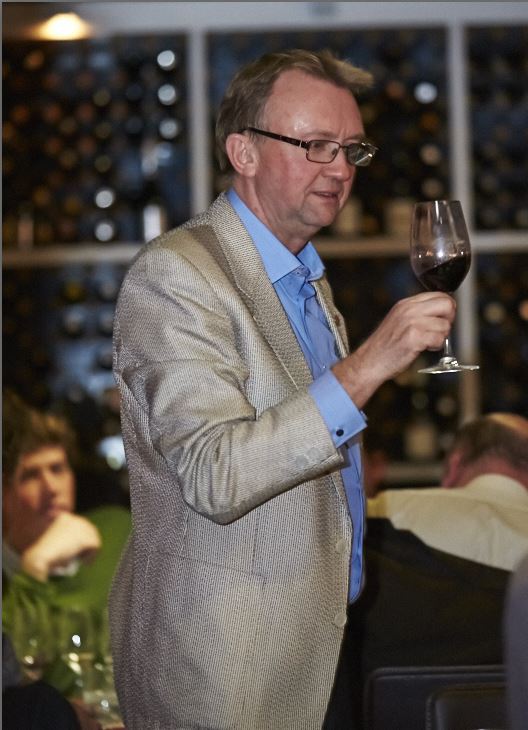
Clive Hartley is an award-winning wine writer, educator and consultant. Want to learn more
about wine? Try his Australian Wine Guide (7th ed) now available for purchase from Paradise
Books in Daylesford or via his website – www.australianwineguide.com.au


